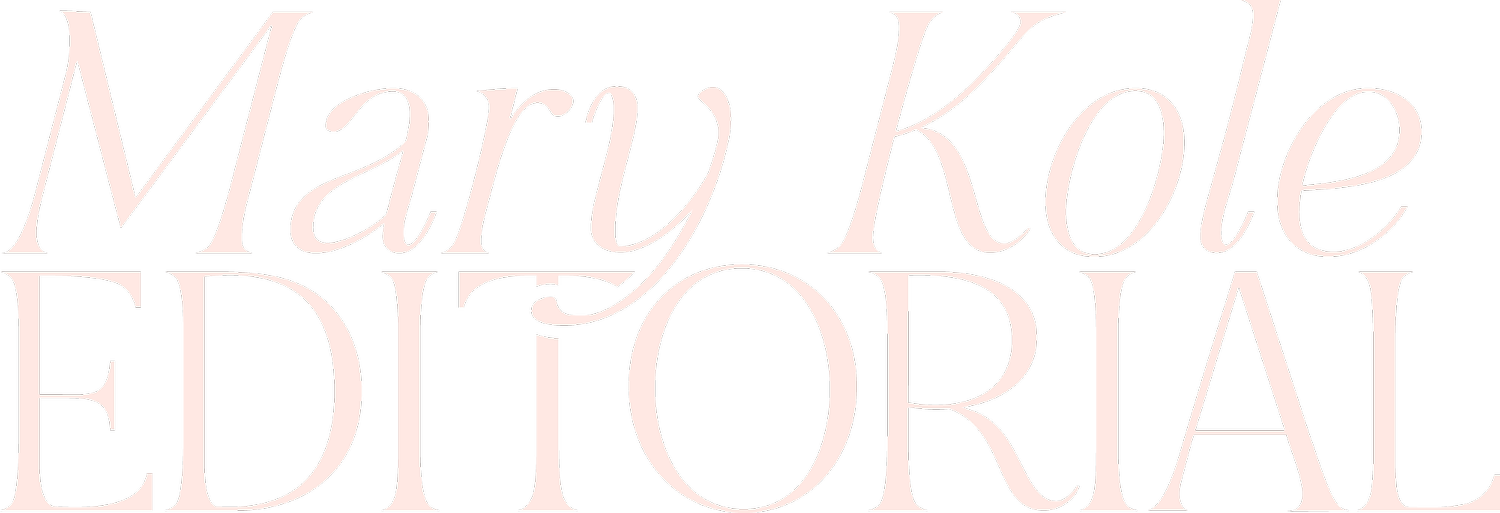Understanding Transition Words for Writing
By Mary Kole
Mary Kole is a former literary agent, freelance editor, writing teacher, author of Writing Irresistible Kidlit, and IP developer for major publishers, with over a decade in the publishing industry.
Crafting sentences and using transition words for writing can be a daunting task. Intentionally using transition words can be a great way to make your writing craft stand out in a crowded marketplace. Transition words for writing can help your sentences flow and take the reader on a journey. Let’s unpack how to craft effective sentences with transition words.
What Are Transition Words for Writing?
Transition words for writing are words that connect ideas together in order to create a more logical flow in a sentence or paragraph. For example, “however” is often used as a transition word to introduce an opposing point after an initial statement. Other examples of transition words for writing include “in addition,” “for instance,” “but,” and “therefore.”
Using Transition Words for Writing
When you’re crafting sentences with transition words, it is important to understand when they should and shouldn’t be used. Overuse of these words can make your writing sound robotic and unnatural, especially if you’re doing creative writing and word choice is key to developing a writing voice. Instead, use transition words sparingly to emphasize points and draw attention to key ideas. These are more commonly used in nonfiction, but can find their way into fiction as well. In either application, you need to keep careful track of how your transition words might be changing your meaning so that readers can clearly follow what you’re saying. Additionally, if you find yourself using too many transitions in one paragraph or sentence, try breaking up the text into smaller chunks or reworking your chosen sentence structure altogether.
Though some writers may overuse transition words for writing, there is no doubt that they play an important role in helping you express your ideas. In addition to providing organization for complex thoughts and arguments, transition words also play an integral role in developing an article or story’s logic.
Knowing When Your Sentence Is Working Well
When it comes to knowing whether or not your sentences are working well and coming across as intended with your use of transition words, keep coming back to the flow of the sentence. Syntax refers to the arrangement of words within a sentence. When done correctly, it can help ensure that your message comes across clearly by utilizing correct grammar and punctuation rules.
Word choice also plays an important role in constructing a sentence where transition words for writing might be present. When you choose specific words to convey your meaning, you can create emotion or imagery in readers' minds. This is just as powerful as making an excellent intellectual point.
Finding the right balance between transition words for writing, syntax, writing imagery, and word choice is key when crafting sentences with effective transitions. Playing with this balance will allow you both clarity and creativity within your writing piece.
The power of transition words for writing lies in their ability not only to link ideas together but also draw a reader’s attention. The best way to understand how transition words play into the process of creating meaning using the written word is to use them, revise them, and play around with your self-expression.
For those eagle-eyed readers who are wondering just what kind of editor would write an article with the clunky phrasing of “transition words for writing” over and over on her website, I applaud you for noticing that this reads awkwardly. Please note that I picked this keyword phrase on purpose, as part of my SEO (search engine optimization) strategy. If you’re curious about writer marketing techniques, check out Good Story Marketing.


